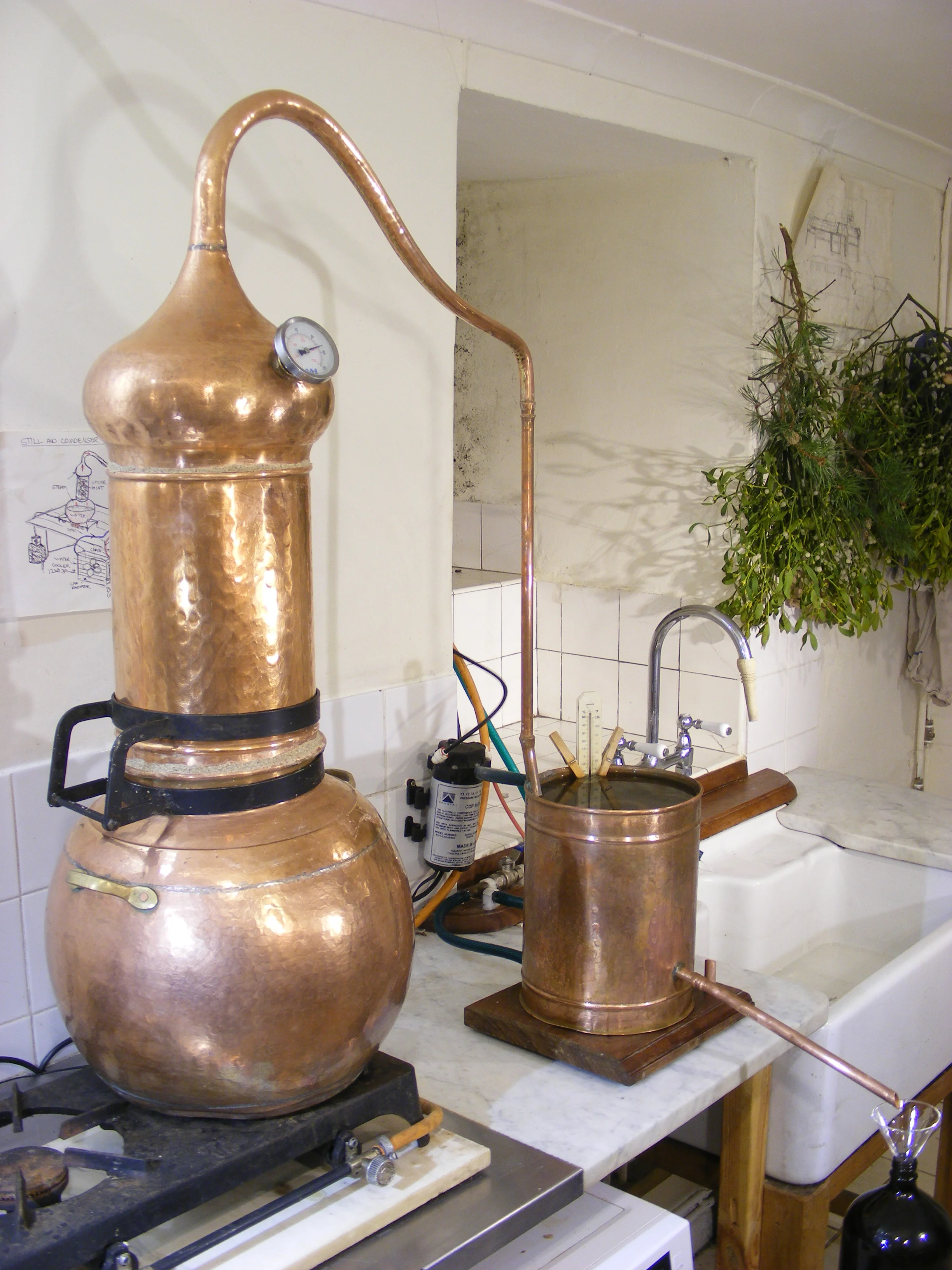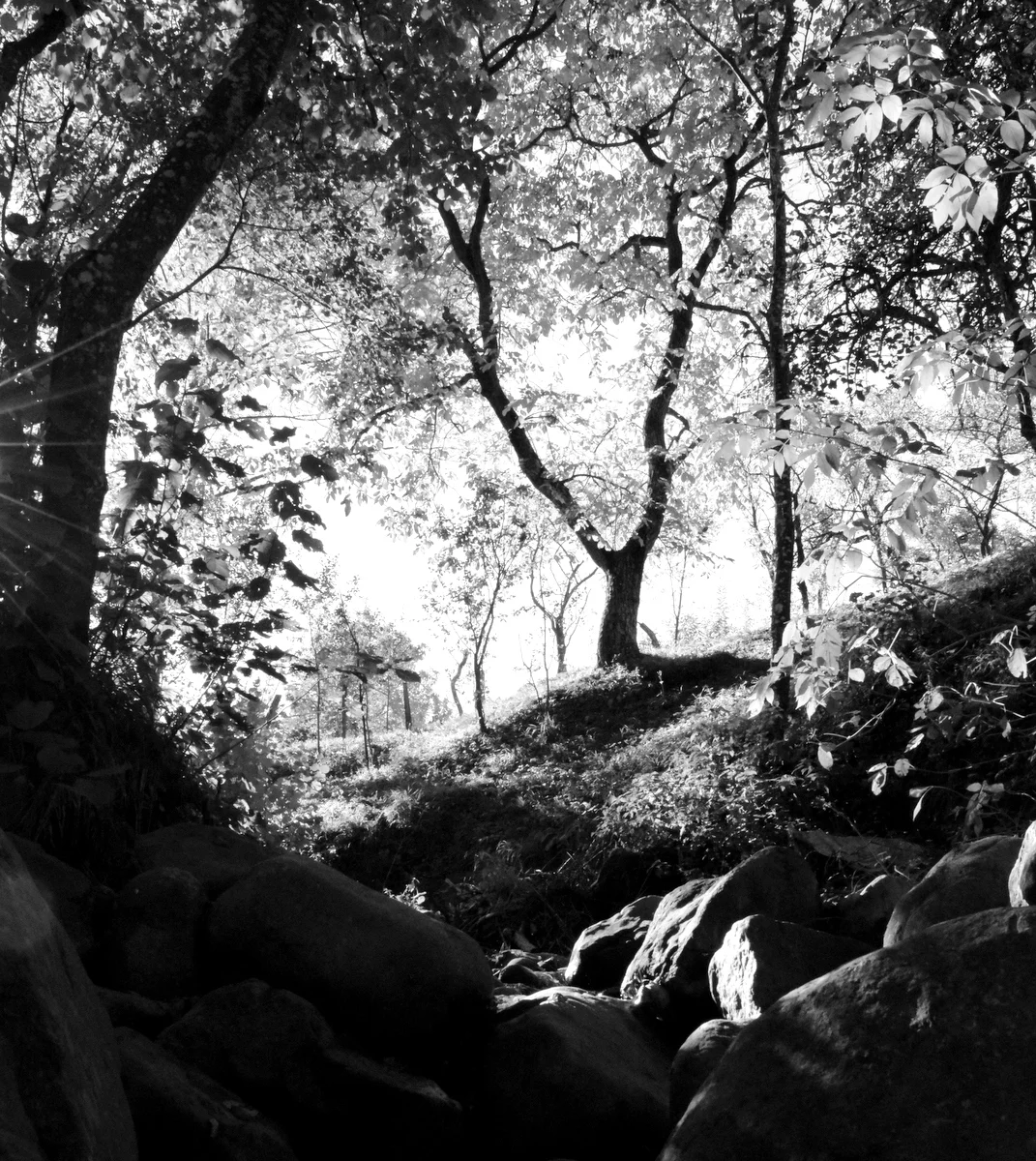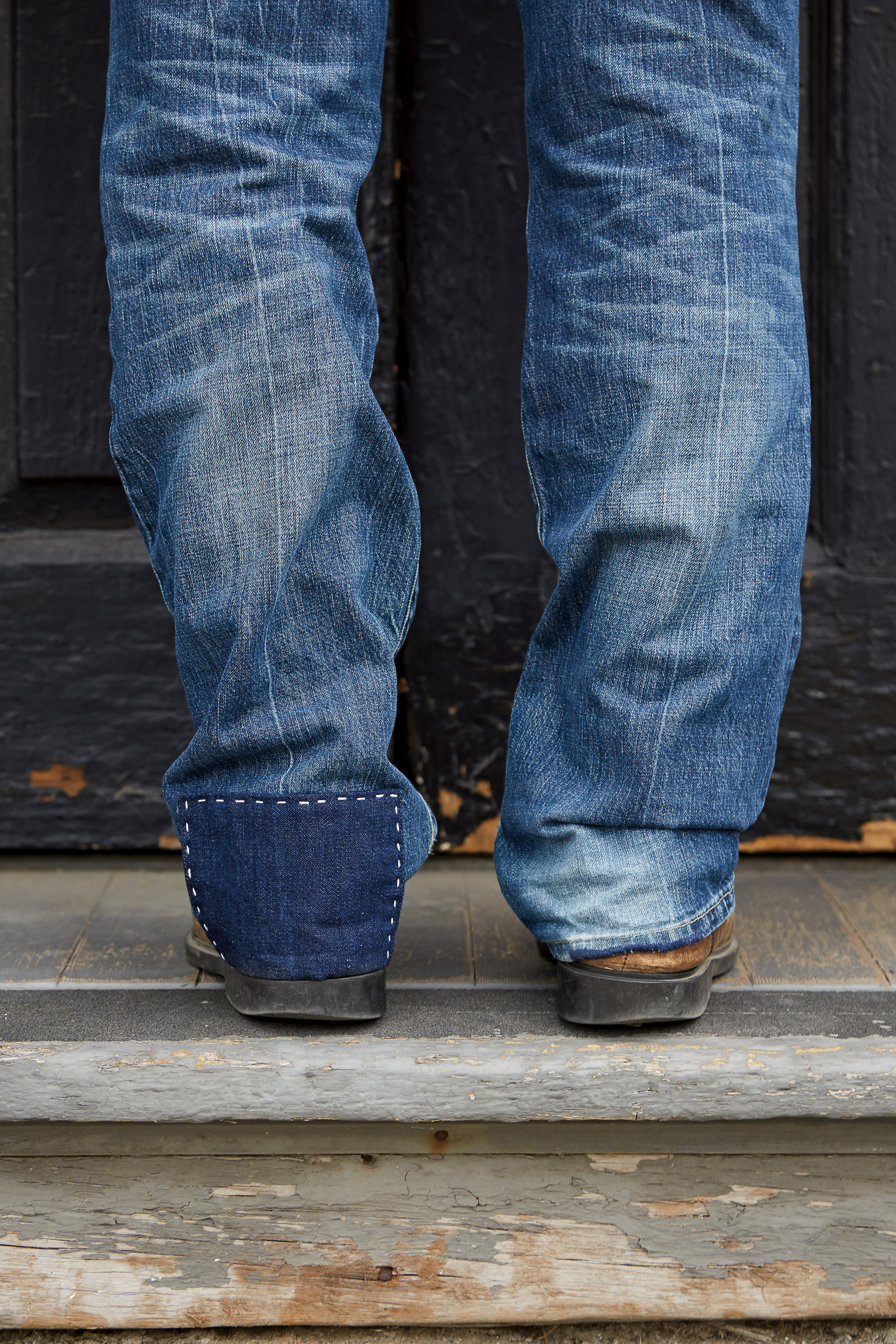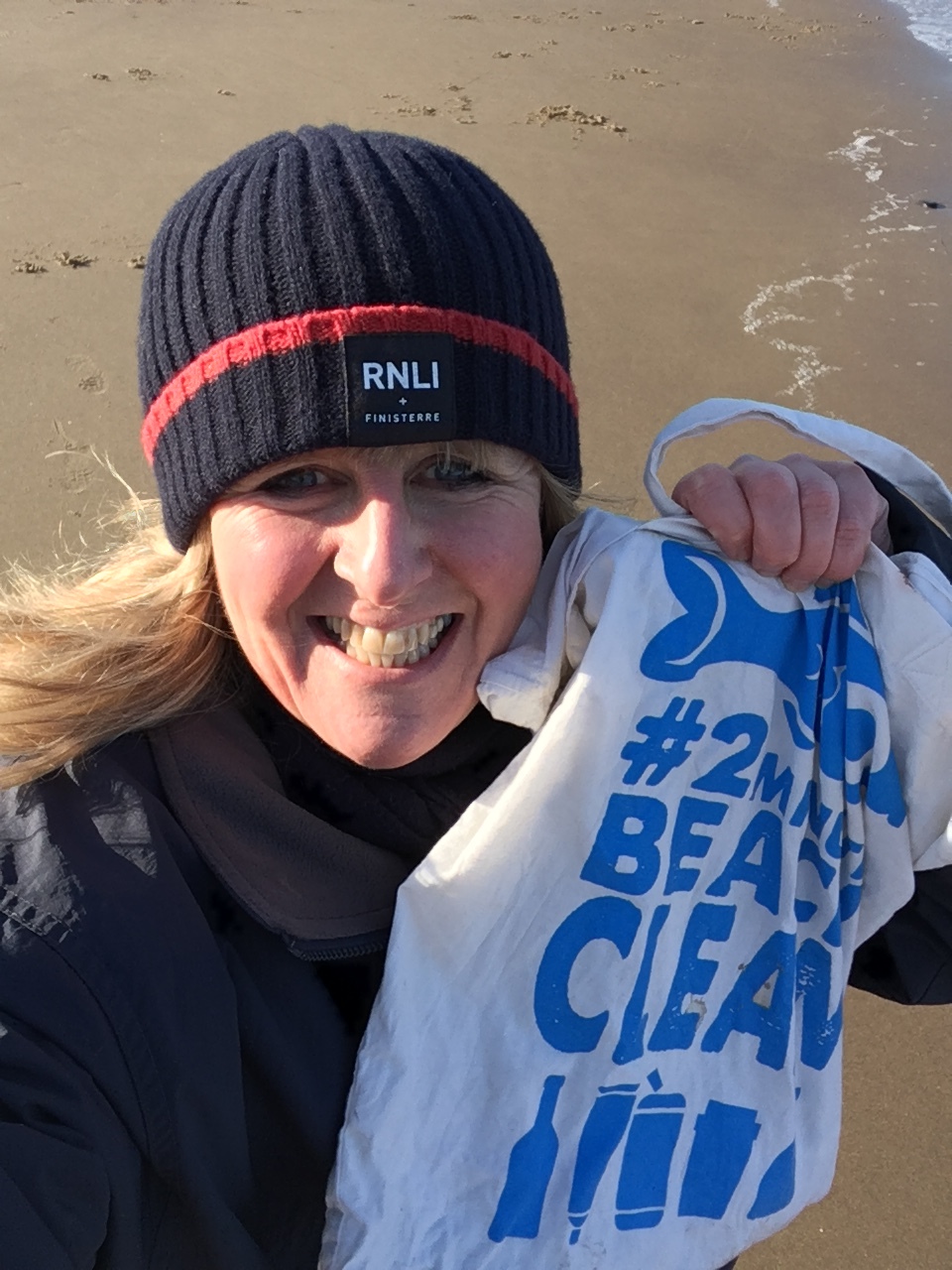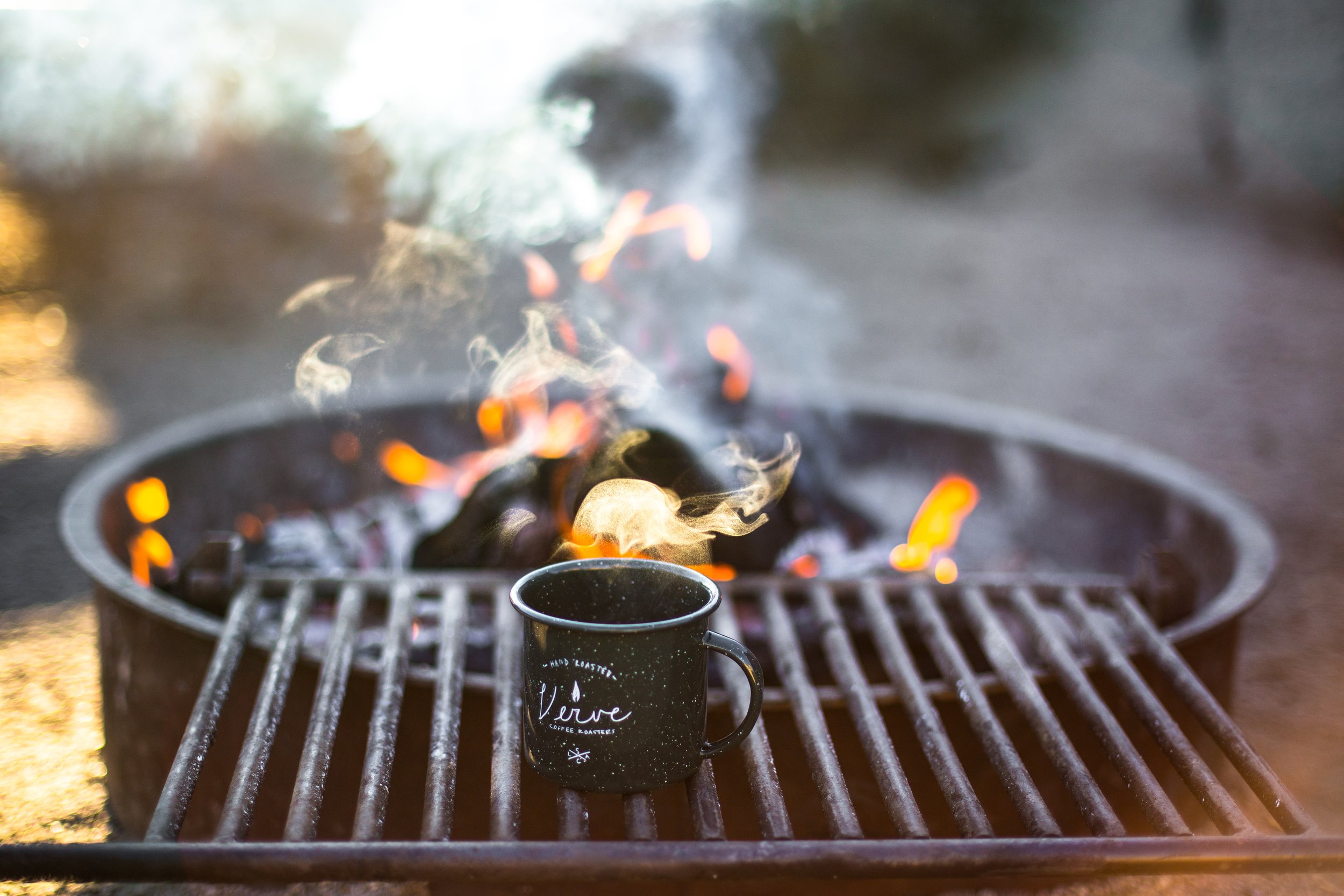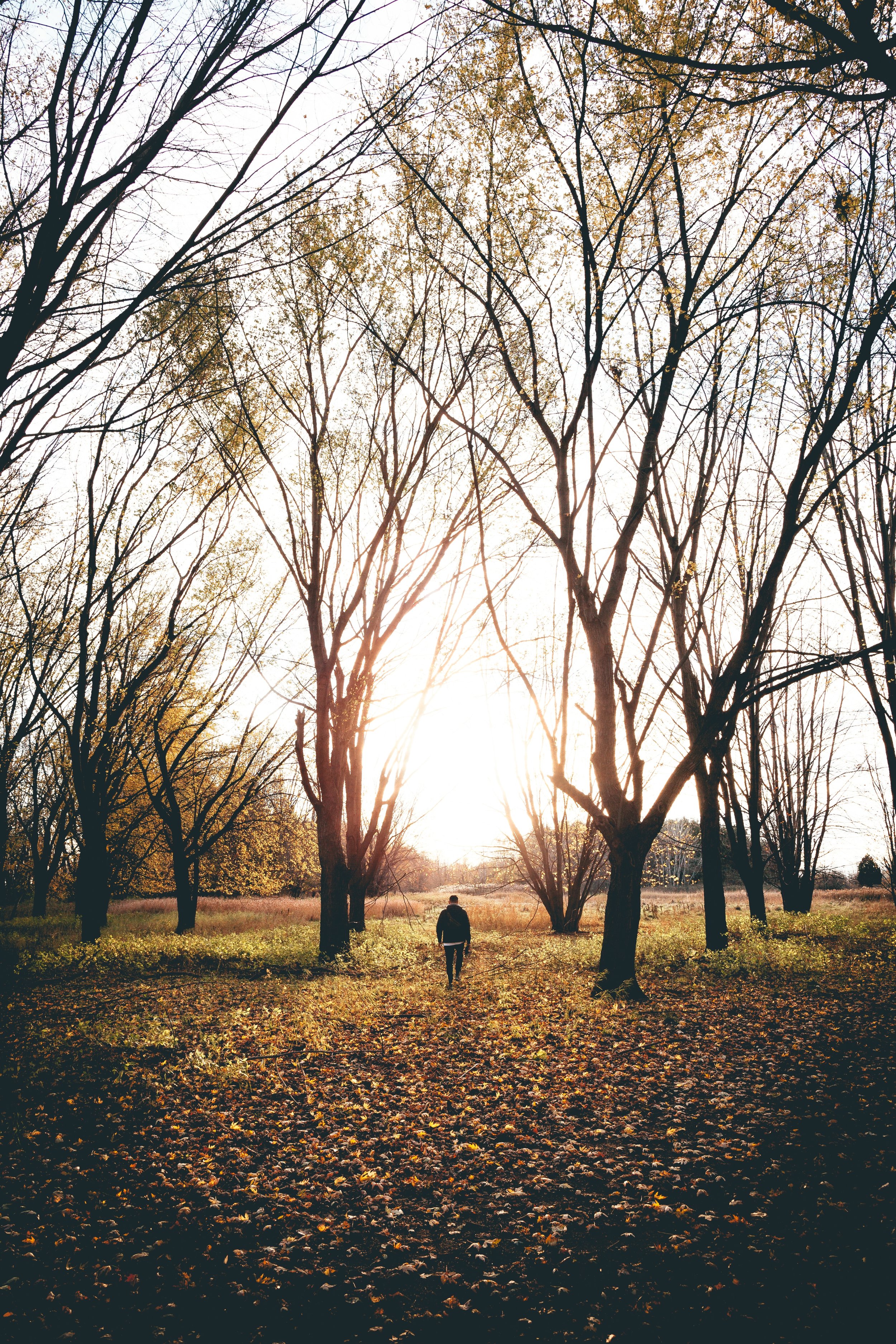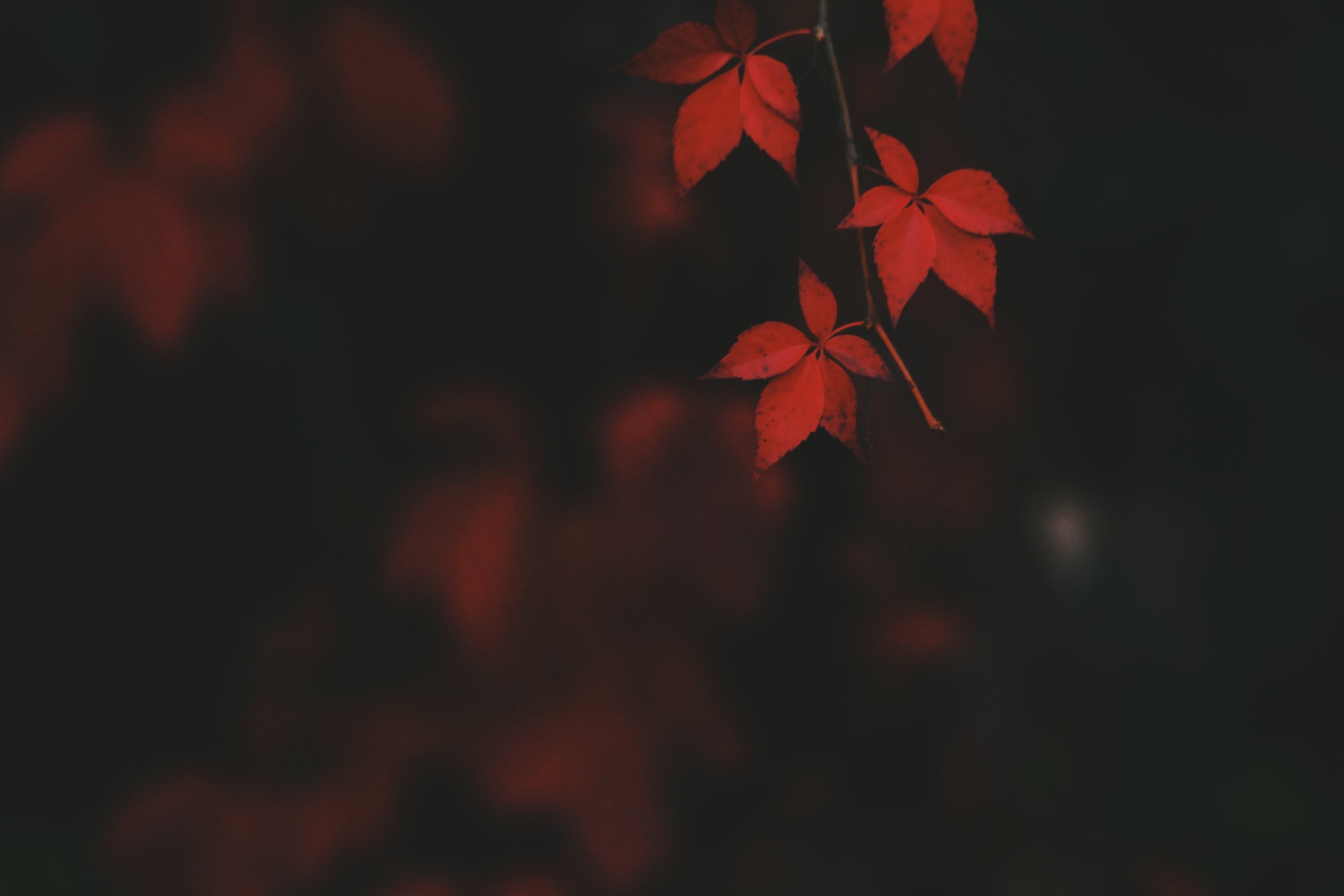Today we’re introducing you to Saskia Marjoram, who runs Saskia’s Flower Essences based in Somerset…
Eleanor: I’d love for you to start by telling us more about you and your business, who you are and what it is you do?
Saskia: Who I am feels like it changes on an almost daily basis so I find it hard to answer this one. The easy bit first: my name is Saskia Marjoram and I am one of the founders of a company called Saskia’s Flower Essences. We make flower essences in the same way as the Bach Flower Remedies which, if you’re unaware, are drops that you take under your tongue. They help to shift long held negative patterns and thought processes. These drops work on a vibrational level and contain the energy of the plant rather than its physical properties. Even now, 15 years later, I am completely amazed at how powerful and effective they are. It is as close to natural magic as I’ve gotten so far.
My background is in gardening and floristry. For a long time I was one of the florists for HRH Prince of Wales and I have been gardening professionally for over 30 years now. I find if I don’t have a chance to get my hands in the soil on a regular basis I lose the connection with the earth , which is absolutely vital for my health and well-being.
Eleanor: Can you tell me about where you find your inspiration?
Saskia: My inspiration comes from connecting with plants and the natural world. As a small child walking in the country I was always asking what the plants I saw were called. For me, being able to get deeper and deeper into knowing the plants growing around us and what they have to teach us is an absolute joy and privilege. Sitting with plants, observing them and how they grow and walking amongst them not only brings me inspiration but healing too.
Making flower essences isn’t a complex process but it does require an understanding and connection with plants, as well as a deep respect for them and their wisdom. Being able to collect their energy to bring healing to other people is what keeps me going. When I hear the stories of what our essences have done for people my heart sings and I know that’s what I’m here for.
Eleanor: I am also interested in knowing more about how you view creativity; is it something you can rely on every day, can you work at it, or do you have to wait for it to strike?
Saskia: For me the creative process is being able to open up to the universe and allow the messages to arrive freely. As a florist, especially when creating funeral tributes, I noticed that there was always a point of letting go, an opening up and trusting that divine wisdom flows through you. Although the work I do with essences, and more recently distilling plants to make hydrosols, isn’t considered by many to be a creative process I believe that, if we are open, we are constantly creating our own lives. When I am making up a specific combination for someone, as I do in consultations, I use a pendulum to help me decide which essences someone needs. Opening up to this energy feels very similar to open up to receive creativity.
There are certain flower essences that help with opening to our own creativity. Buttercup and Carrot spring to mind which are both in our Focus, Energise, Create combination which is great to take whenever you feel that your creativity isn’t flowing freely.
Eleanor: Can you tell me why nature and the seasons are important to you, and how they influence the work you do?
Saskia: Ah, that’s a much easier question and yet a very complex one too. I am a human and therefore part of nature and absolutely affected by the seasons as we all are. My connection to both is deep and as essential as breathing itself. Someone once pointed out that all the air we breathe has been exhaled by a plant at some time - I like that thought a lot - and of course without nature my ‘work’ wouldn’t exist. It feels that I am here to connect humans with plants so that we can learn the lessons they have to teach us.
Eleanor: And lastly, if someone reading your story were inspired to follow their own creative dream, what advice would you give them?
Saskia: Do it. Whatever you are drawn to do, whether it means that you will be penniless and living in a shed on top of a hill, as I did for quite a while - do it. Listen to your dreams, remember why you are here and the gifts you have to bring to make this world a richer and more beautiful place and keep on keeping on. And if you get stuck remember that the plants will always help you, especially in the form of essences, to get you through the difficult parts. We are fed and supported on all levels by the plant kingdom so we can be as human as we are able. With all the resources that we are using as a species surely it is imperative that, whenever possible, we live our lives as fully and deeply as we can.

